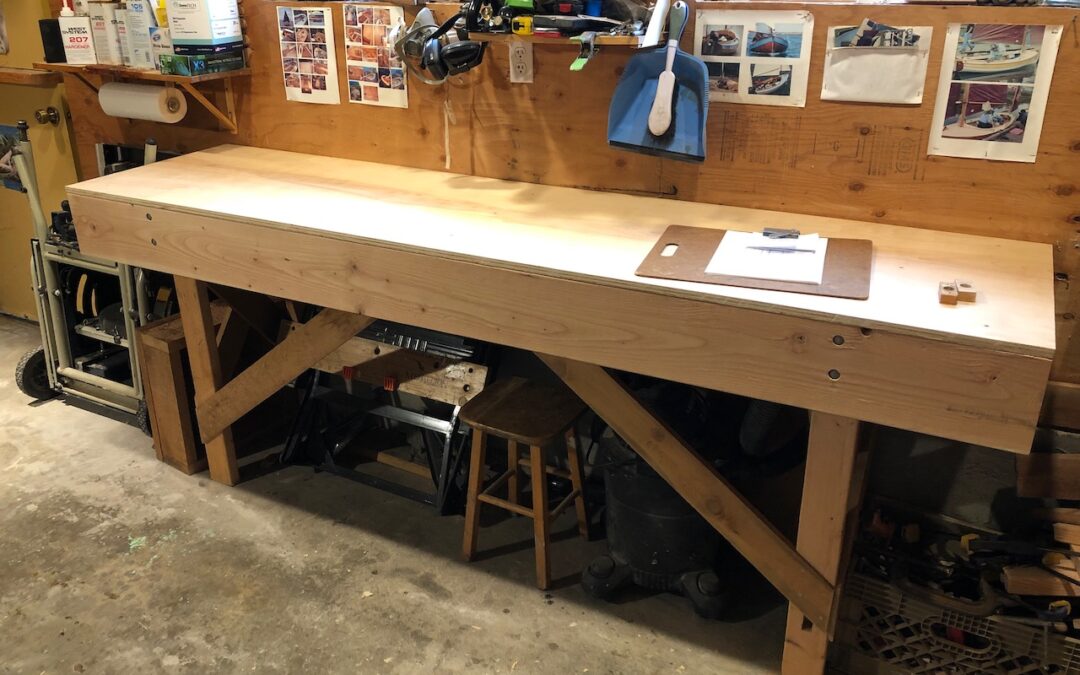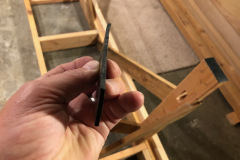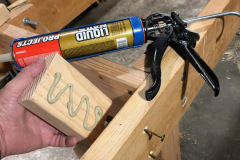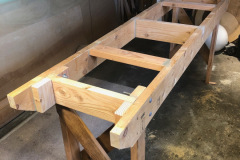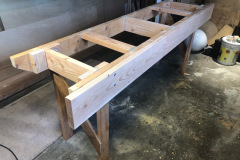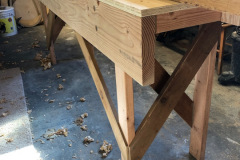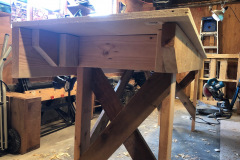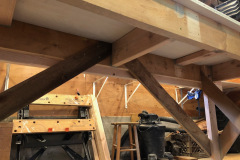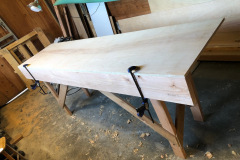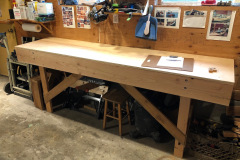OK, I could only hold out so long. I know I have way too many boats (yes, I’m addicted), but I had lots of extra wood from past projects, and all the tools I need, so I decided to support Brian and Liz at Cape Falcon Kayaks by building one of their designs: the basic “F1” model. This boat will be perfect for paddling in Puget Sound, and maybe out to the Broken Group, and Brian has not only dialed in the design, but provides an INCREDIBLE video course and plans. Not only are the designs actively improved by Brian (who is very thorough as an instructor), but the video and plans layout is created by Liz who has a passion for both web and building design. They are also offering several modifications to the F1, including an option for a sail… how could I NOT build one of these?
Did I say they were beautiful, too? And built with cedar and oak (my favorite woods), covered in bullet-proof fabric, and hand-dyed to warm earth tones. A wonderful mix of modern and sustainable and cool. I’m hoping my wife forgives me the extra evenings I’ve been spending in the shop!
I’m documenting the building process, but not step-by-step (go pay for the plans and build one)! Just an overall impression of the build and how much I’m enjoying it.
First off, Brian suggests building a work table with a thin top to allow easily clamping pieces to it with pinch clamps. I’ve ALSO been obsessively following Rex Krueger, who teaches woodworking and espouses reuse and inexpensive hand tools. I’ve always wanted to build Rex’s wonderful traditional english joiner’s bench: a heavy bench with a face vice and bench dogs and leg bracing. The idea of a lightweight table for kayak building just didn’t sit right, especially if I was going to do the hand-planing that Brian wants me to. So I compromised. I bought Rex’s plans, and mostly followed them: cross-braces on the legs half-lapped, aprons braced with trestles let into the face, lag bolts and construction adhesive. But instead of the 2×10 tops I bought a sheet of 3/4″ ply and screwed it on top so I could edge clamp. It’s a nice compromise: stiff enough for light planing, good options for face clamping or edge clamping, but light enough for me to drag around the tiny shop so I can get to all sides of the kayak.

